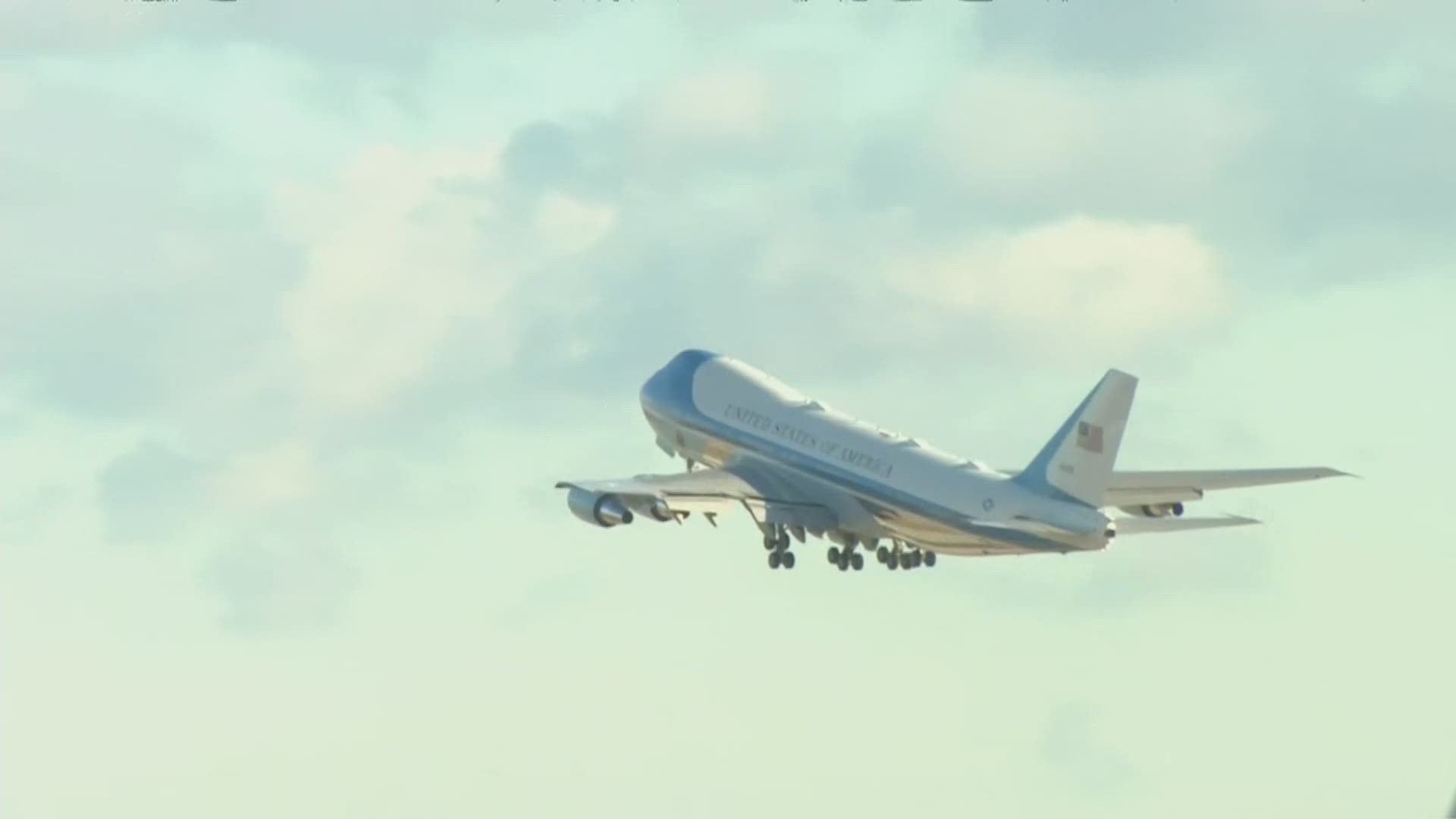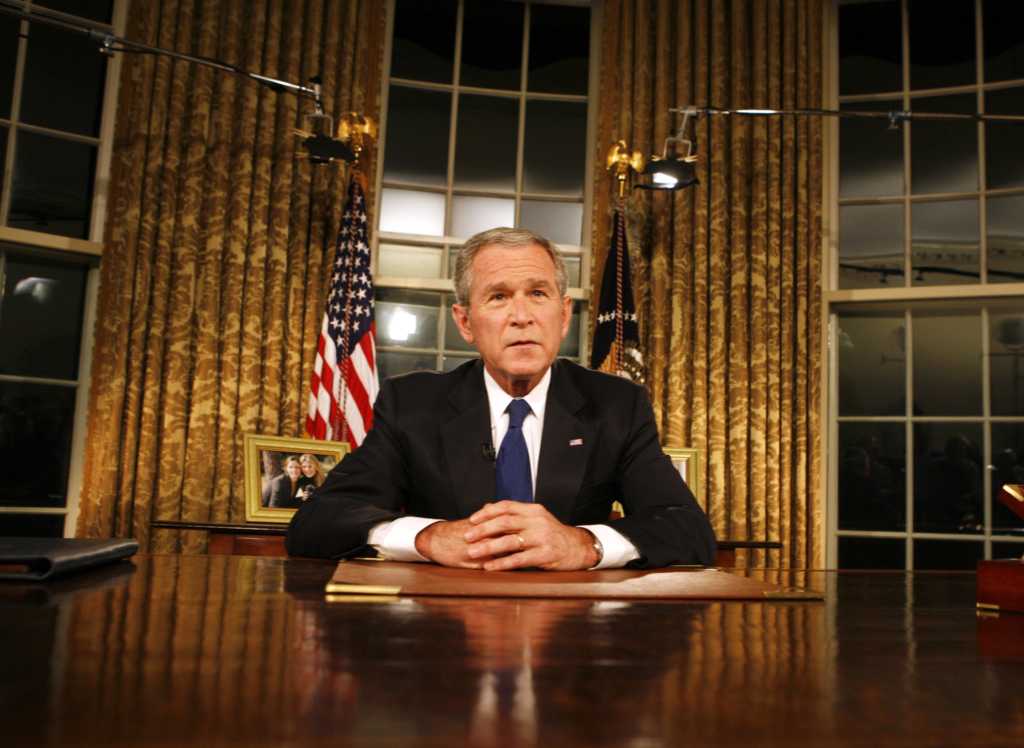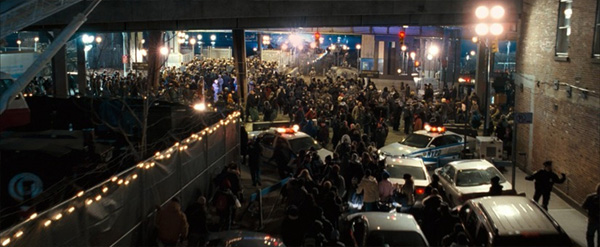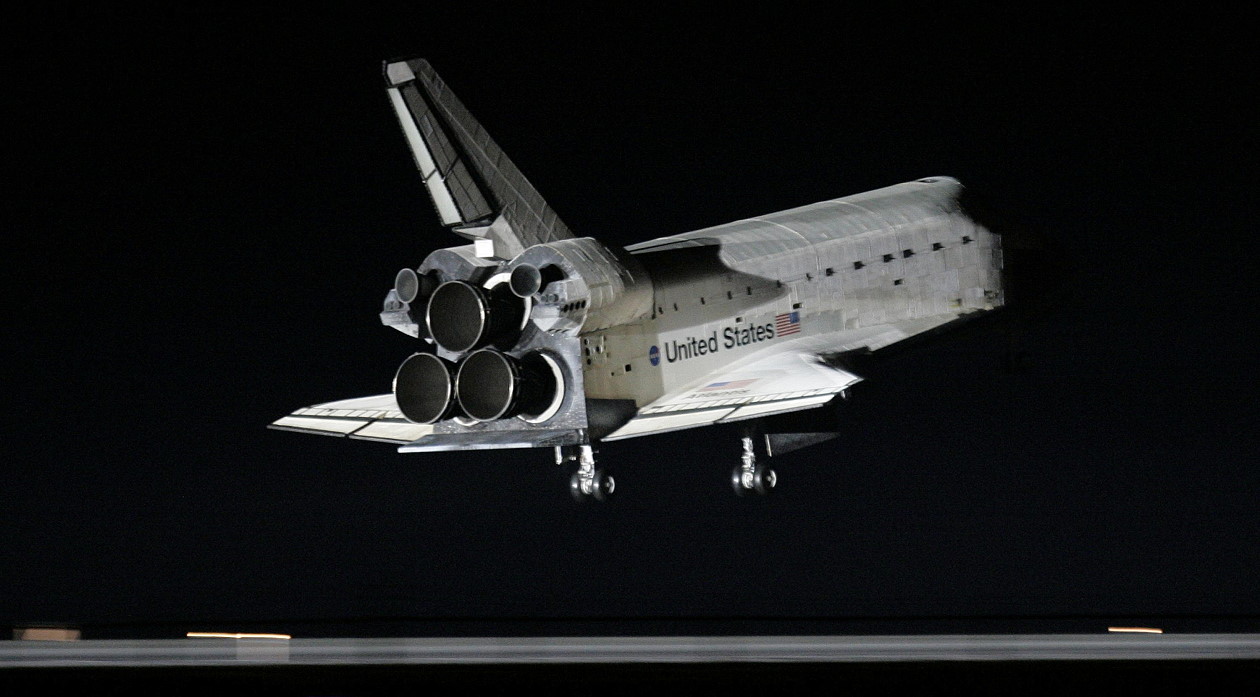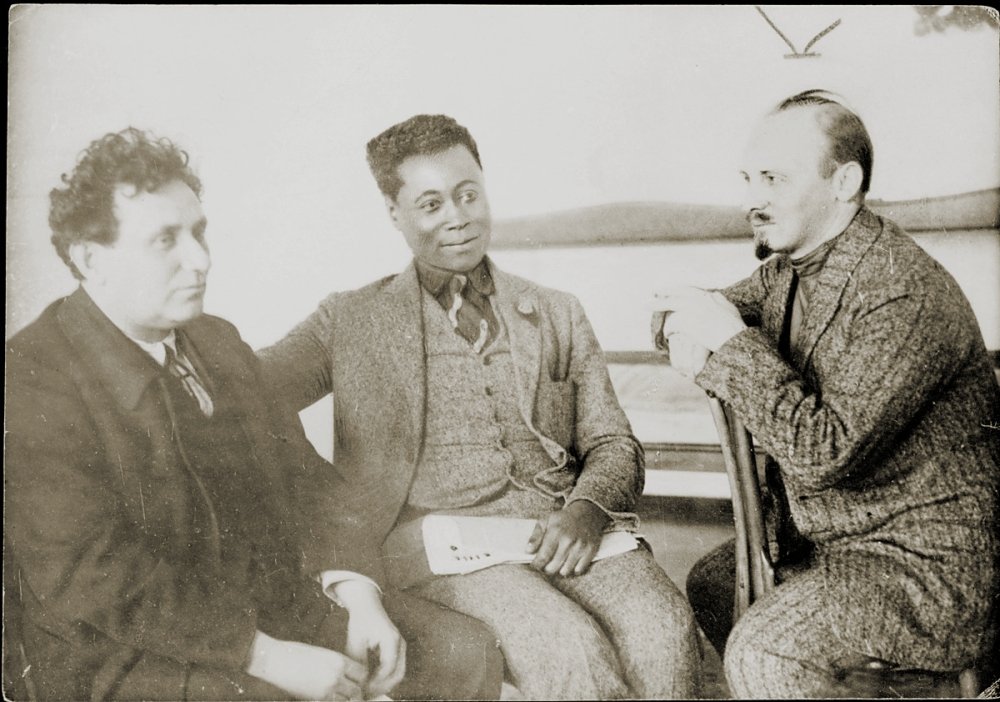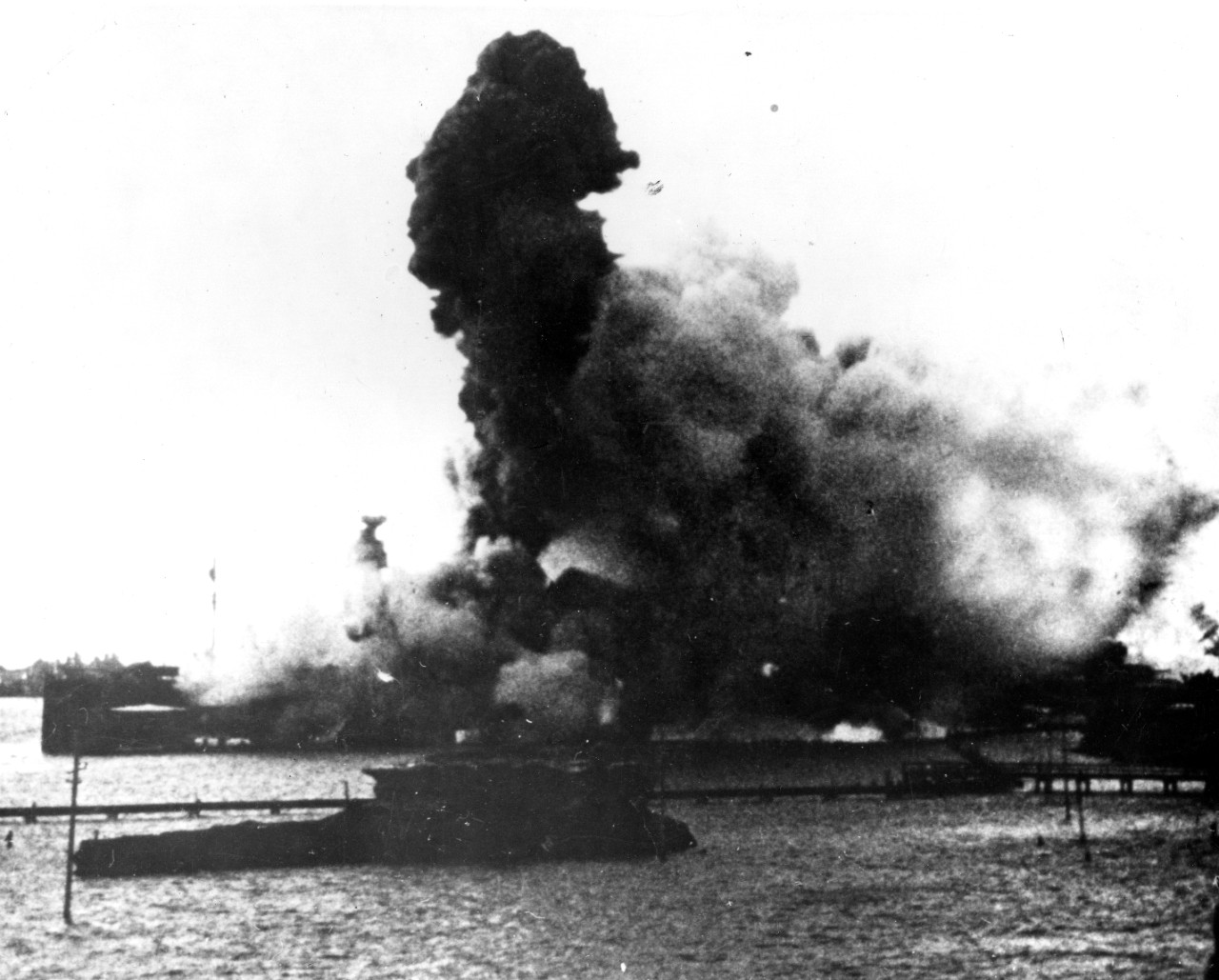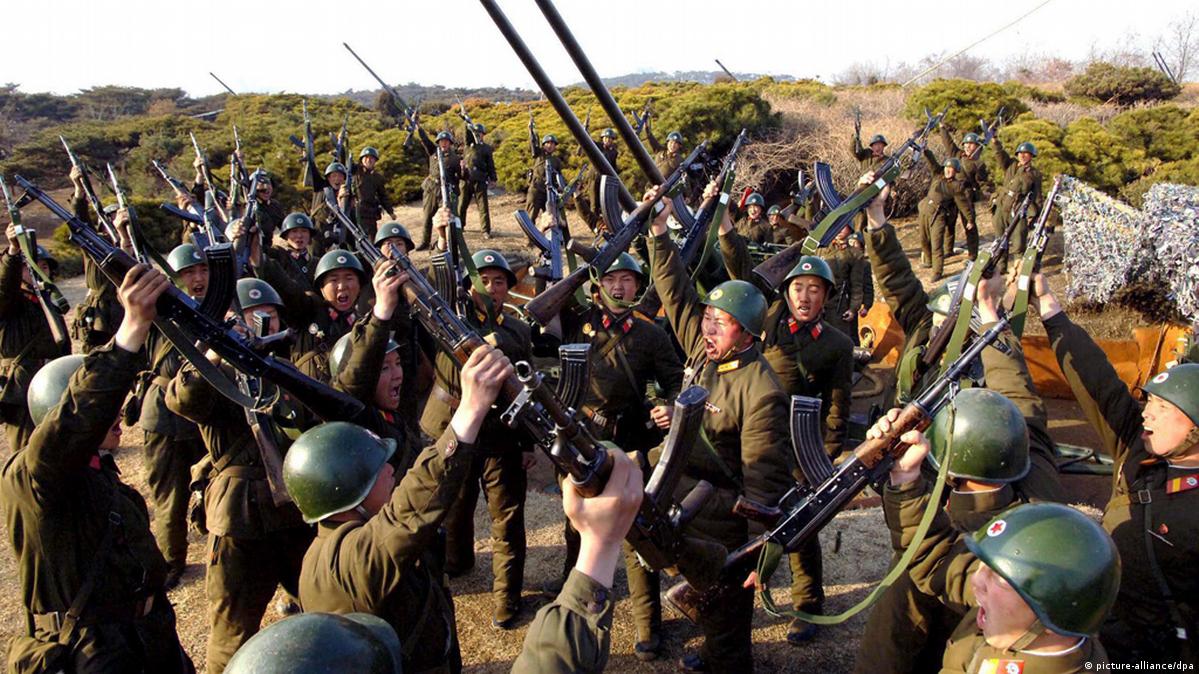CH timeline:
Trading lynch mobs in America for liberties in the Socialist Union
Shortly after the victory in the Second Russian Civil War between the victorious Trosky-lead Socialist Union against Stalin communist forces (that lead to its semi-exile in the Caucasus, forming the Soviet Socialist Republics of TransCaucasia in the process), the further devastation made Trosky form the new 5 Year Plan's in which include recruiting Westerners to work in and manage factories, as Troika came to the conclusion that apart from the biggest cities, the rest of the Russian is this rural-style and in some isolated areas, the population still lived virtually unchanged from that of teir great-grandparents. As it wwas puted on the 20th Party Congress: "“How can a nation of peasants, a nation in which the assembly line or the car is as foreign a concept to most people as interstellar travel, ever hope to defeat to defeat an industrialized nation? The West is ahead of us by 40 or 50 years and if we cannot bridge the gap in the next 10 years than Soviet Communism will be destroyed.”". To that end, for a while, Henry Ford made a agreement to provide technical aid for building te first automobile plant, constructing copies of older Ford (ironically, he open more factories in the Caucasus and received more support, including forming the Ford Aircraft Company of TransCaucasia). So starting in June the Comintern instructed Western Communist parties to began recruiting.
Outside of political refugees (mostly from Germany, due to Hitler's regime), these recruiting efforts paid off: near 5,000 Americans (more than 1,500 of whom were African-American - who were amazed at the lack of segregation and open racism), more than 6,000 people from the UK, more than 3,000 French, less than 2,000 Scandinavians, and less than 3,500 others had emigrated to the Socialist Union, and put to work in their respectives areas (and Kubyshev could not help but notice that there were slightly fewer accidents in these factories and their production was higher). Once they arrived they were assigned to a city, then given a crash course in that area's language.
Apart from several hiccups due to the several sanctions agaisnt, plus their involvement in the Spanish Civil War, on the whole the emigre experience was a positive one, and once the War against Fascism started on June 1941, thousands of foreign joined the Red Army ranks, and were later molded into the International Brigades (among the most famous been both the US composed 777th Squadron and the 2nd Lincoln-Washington Battalion, the later fighting against the Estonian Meredessantpataljon in their assault on Leningrad)
US landing in Inchon, Operation Titan, August 1945
The Red Army’s swift advance in to Manchuria and northern Korea in the first week of August 1945 panicked the Western Allies. The big question was: would the Reds stop at the agreed 38th Parallel?* To help provide an assurance that they would, the U.S. Joint Chiefs of Staff presented the Commander in Chief with Operation Titan, a contingency plan for the invasion of southern Korea at Inchon. With the Reds advancing swiftly, it was apparent that the Japanese defenders of Korea were poorly trained, equipped and lead. These were all good arguments for Titan being a better option than the planned Operation Olympic, the intended seizure of the southern third of the southernmost main Japanese island of Kyūshū. With fewer losses, a base close to Japan could be established whilst at the same time heading off the Red Army. After urgent trans-Atlantic consultations, the idea was approved and the Inchon beach head was established on the 15 August. Unable to either withdraw or reinforce its position in Korea, the Peninsula was rid of the Japanese by mid-September. Red Army soldiers shook hands GIs at the 38th on the 21 August. Surrounded, blockaded and subjected to massive conventional and atomic air strikes, the Japanese fought on.
With Olympic no longer necessary and Korea secured with less than expected casualties, it was been planned to bring Operation Coronet, the invasion of the Tokyo plain, forward from its planned spring 1946 launch to November. However, on October 9, 1945, a typhoon packing 140-mile per hour winds struck the American staging area on Okinawa, causing considerable damage. The typhoon’s impact delayed Coronet preparations by around 45 days, placing its start past the 1 December winter deadline.
But other problems arouse with the Op. Titan decision: most aircrafts didn't possess the range for missions supporting Operation Coronet, and many transports aircrafts could (and some where) lost due to interception by Japanese fighters. The first answer: developing long-range variants of several aircrafts (such as the Avro Lancaster Mk.I (FE), P-51H-25NA Mustang and Hawker Tempest Mk.V (FE)). The second answer: the start of Operation Immurement.
Operation Immurement where a serie of amphibious assault of several offshore islands surrounding proper Japan in the following stages (similar to Oboe), while could also support Operation Starvation:
- 1: Tsushima Island
- 2: Tanegashima, Yakushima, and the Koshikijima Islands
- 3: Dogoshima (or Dogo Island) of Oki Islands
- 4: Oshima Island
*Irony, since the Western Allies broke the Tehran agreement between them and Moscow Pact about fighting until the unconditional surrender of the Nazi Germany, exactly a year ago
Last moments of the Greek battleship Salamis, 1 July 1941
Hitler didn’t often play the role of peacemaker. Yet, that was precisely the role he played with regards to the threat of an Italian invasion of Greece. Although inclined to let Italy’s dictator, Mussolini, have his own way in the Balkans, German intelligence indicated that Greece would be able to withstand an Italian invasion. Hitler saw that this would lead to the unpalatable situation where German forces would have to finish the job for their Italian allies; and this at a time when Germany was preparing to invade the Moscow Pact nations. As an alternative, Hitler recognised that here was an opportunity to carrot and stick the conservative, anti-Communist Greek dictator Ioannis Metaxas into an ally (despite the pro-British sentiment in both the population and politics, paranoia after February 1941 lead to a sick Metaxas launching a purge against most of it's pro-british members, and replacing them with pro-German ones, and using the Noemvriana (November events) of 1916 between the Entente and pro-Venizelism Greeks and the neutral greeks as one of the excuses for gathering hate against the Allies).
Through a combination of German diplomacy and intimidation, Mussolini’s threat of invasion could be used as a means to draw Greece away from a likely alliance with the British and into the Tripartite (Axis) Pact. From there, Greece could function as a defensive bulwark on the Axis’ southern-eastern flank and would likely contribute forces to the up-coming anti-Communist crusade of Operation Barbarossa. By playing the role of a geopolitical statesman (bully), Hitler persuaded the Metaxas regime to sign-on to the Tripartite Pact, which it did on 25 March 1941 (the same day as Bulgaria), thereby thwarting Mussolini’s invasion plans. Greece declared war on the Moscow Pact nations on 24 June 1941 (two days after Operation Barbarossa’s commencement)*.
With failed attempts of convencing otherwise, the Western Allies had no choice but to also declare war on the 26, and with the excuse, the Royal Navy prepared to launch Operation Black Manta. On the night of 30 of June, Fairey Swordfish (with escort aircrafts) of HMS Victorious and HMS Formidable attack the Greek naval base on Salamis (a secondary attack was launch against the base on Souda Bay by HMS Eagle). And after three hours of the attack, the result where:
- Sunk: cruiser Georgios Averof and Lambros Katsoni**; Submarine Papanikolis
- Heavy Damaged: Battleship Salamis; Cruiser Antinavarchos Kountouriotis**; Training Ship Lemnos; Greek destroyer Vasilefs Georgios
- Slighty Damaged: Training ship Kilkis; Destroyer Vasilissa Olga, Thyella and Sfendoni; Submarine Triton and Katsonis
Most ships could have been salvaged due to most of them been based on shallow waters (only the Lambros Katsoni was a total loss at the time). But that wasn't the end: while fighting the ongoing fires, an massive explosion occured on the Salamis, sealing the fate of one third of the crew, and another ship became a total loss in the Hellenic Navy, plus near 1,000 deaths with the Allied side loss of five Sworfish, two Fulmars and less than 20 deaths in total.
*While joining the Tripartite Pact, Greece never once accepted Italian help and even never open communication between armed forces, to the point that most Allied raids on Albania were done passing through Greece, and the Italians only knew of the incoming raid once the bombs have already been dropped. It got slighty improved once they have to speak to a German officer to pass the message to the Italian counterparts and vice-versa.
**two Town-class previously made for Greece (Antinavarchos Kountouriotis (former HMS Birkenhead) and Lambros Katsoni (former HMS Chester) - Later modernized in 1934-35 by the French, with a new set of guns of the 5.1" DP type that had been developed in twin and single mounts. A new set of superstructures forward and aft, while new 'French' funnels replaced the 4 previously required.

